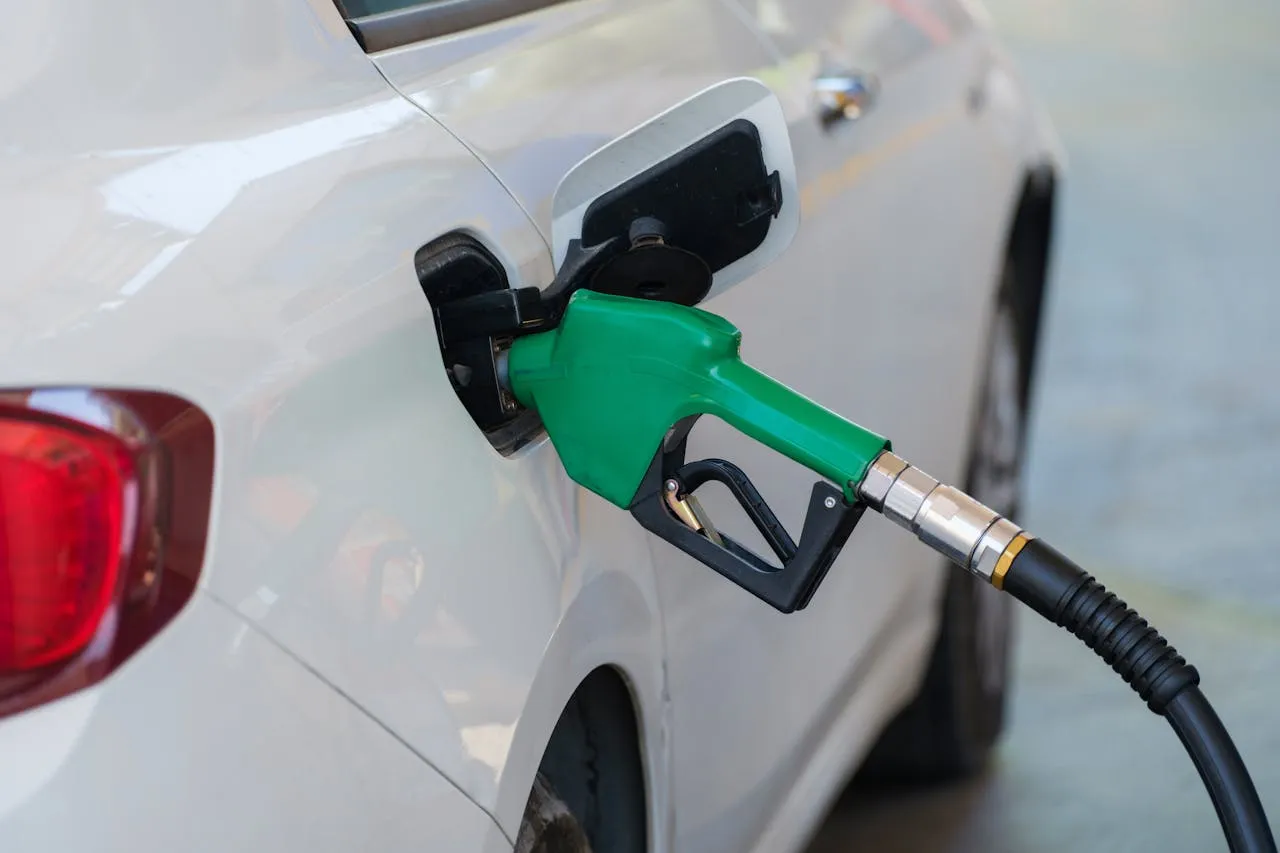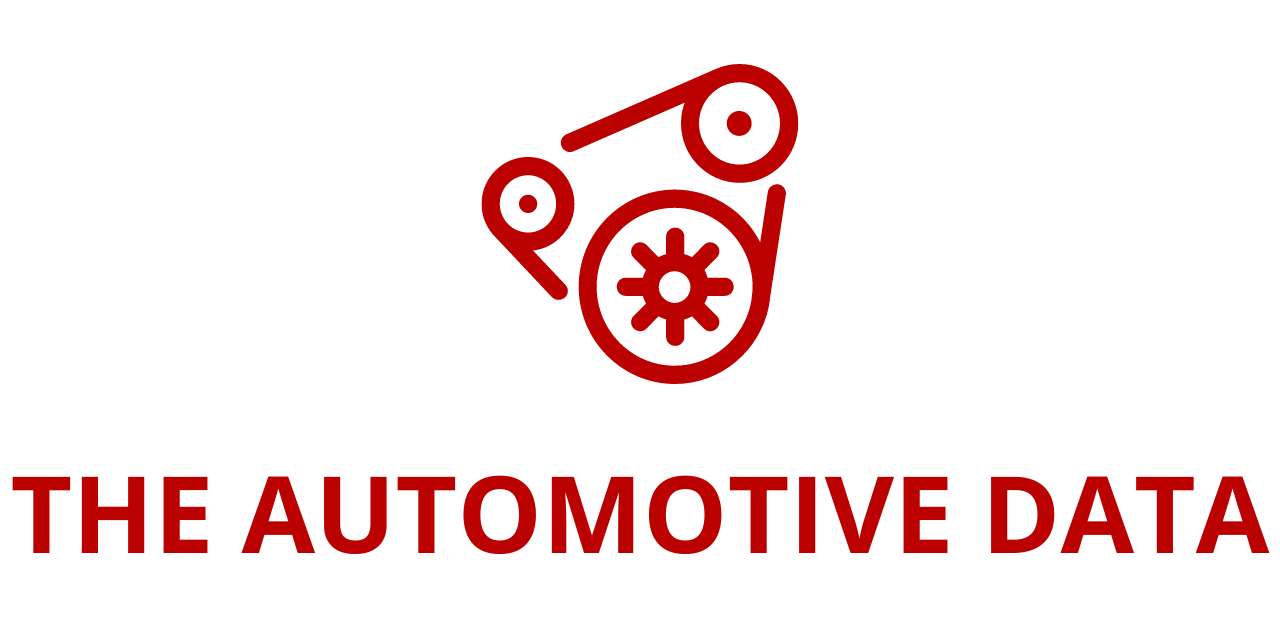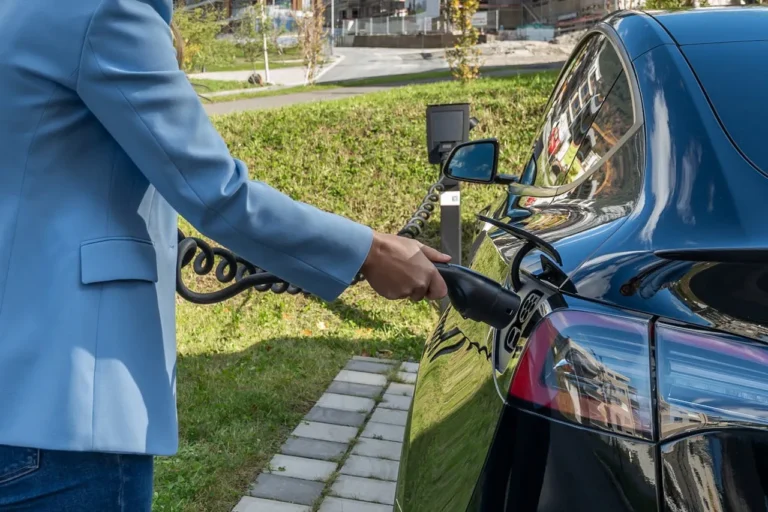
The “Alternate in the Global Automotive Sector, 2024-2032” report has been added to ResearchAndMarkets.com’s offering. This study provides a comprehensive strategic and technical view into the evolving role of alternate , offering a detailed roadmap for stakeholders seeking insights into the future of automotive energy.
The Shift Towards Alternative Fuels
As global sustainability and energy security concerns become more pressing, the automotive sector is undergoing a profound transformation. Gasoline and diesel, which have historically dominated the market, are increasingly being replaced or complemented by sustainable alternatives. Electric powertrains, once niche, are now a cornerstone of this transition. In addition, sustainable fuel options such as biofuels, hydrogen, e, and gaseous fuels (e.g., CNG, LPG) are gaining traction as viable alternatives.
Drivers of Change
- Sustainability Goals: Countries and regions worldwide have established ambitious sustainability targets, propelling the demand for cleaner energy sources.
- Technological Advancements: Innovations in production, storage, and efficiency are making alternate more viable.
- Policy Frameworks: Governments are implementing incentives, subsidies, and regulations to encourage the adoption of alternative.
Comprehensive Analysis of Fuel Types
Biofuels
Biofuels, derived from biological materials, offer a renewable alternative to fossil. The report examines:
- Production Methods: From ethanol to biodiesel, the diversity of biofuel production pathways.
- Regional Adoption: Countries like Brazil and the United States lead in biofuel use.
- Commercialization: Biofuel-powered vehicles, particularly in passenger cars and light commercial vehicles.
- Environmental Impact: Significant reduction in greenhouse gas emissions compared to traditional fuels.
Hydrogen (H2) Fuels
Hydrogen represents a key pillar in the future energy mix, particularly in the context of cell vehicles. Key insights include:
- H2 Production Projects: Global initiatives to scale up hydrogen production.
- Hydrogen Fuel Cell Vehicles (FCEVs): Increasing adoption in passenger and commercial vehicle segments.
- Policy Support: Subsidies and exemptions in regions like the U.S. and Europe.
eFuels
Synthetic fuels offer another pathway toward decarbonizing transportation:
- Production Pathways: Utilizing renewable energy to synthesize fuel.
- Infrastructure Needs: Compatibility with existing fuel storage and distribution networks.
- Global Investments: Collaboration between automakers and energy companies to scale production.
Gaseous Fuels
Compressed Natural Gas (CNG) and Liquefied Petroleum Gas (LPG) remain integral to the transition:
- Regional Focus: Markets in India and Europe showing significant adoption rates.
- Infrastructure Development: Charging and refueling stations expanding globally.

Strategic Focus Areas for Stakeholders
Automakers
- Partnerships: Collaborations with fuel producers, infrastructure developers, and technology providers.
- Product Launches: Upcoming models featuring alternative compatibility.
- Investment Trends: Focused efforts in hydrogen infrastructure, biofuel production, and development.
Governments and Policy Makers
- Incentive Programs: Financial support to encourage alternative adoption.
- Regulations: Standards and mandates to ensure environmental compliance.
- Infrastructure Development: Funding for refueling and recharging networks.
Growth Potential Assessment
A scoring system ranks the growth potential of each fuel type globally based on:
- Scalability: The ability to produce and distribute at scale.
- Economic Viability: Cost-effectiveness compared to traditional fuels.
- Environmental Benefits: Reduction in carbon footprint and other pollutants.
Key Takeaways by Fuel Type
Biofuels
- Significant growth expected in regions with agricultural resources.
- Advances in second-generation biofuels to enhance sustainability.
Hydrogen
- Investment in hydrogen infrastructure is accelerating globally.
- FCEVs are increasingly seen as a solution for heavy-duty and long-range applications.
eFuels
- Bridging the gap between renewable energy and existing vehicle fleets.
- Potential to decarbonize aviation and maritime sectors as well.
Gaseous Fuels
- Continued growth in regions with abundant natural gas resources.
- Innovations in storage and delivery systems improving feasibility.
Future Trends and Opportunities
Integration with Energy Storage
Alternative are increasingly integrated with advanced energy storage technologies to optimize efficiency and reduce dependency on fossil fuels.
Growth in Developing Regions
Emerging markets present untapped opportunities for alternative fuel adoption, driven by urbanization and rising energy demand.
Collaboration Across Sectors
Partnerships between automotive, energy, and technology sectors will be key to overcoming challenges and scaling up adoption
The “Alternate in the Global Automotive Sector, 2024-2032” report offers an exhaustive analysis of the transition toward alternative. By providing insights into production methods, commercialization trends, and regulatory frameworks, it serves as a valuable resource for stakeholders aiming to navigate the evolving landscape of automotive energy.







